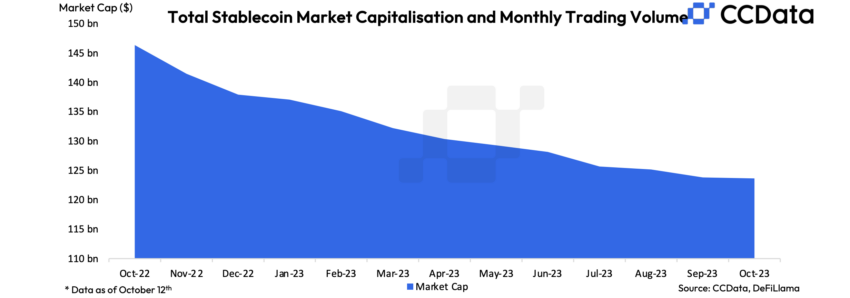
The Monetary Authority of Singapore (MAS) has granted in-principle licenses to issuers of stablecoins backed by the Singapore dollar (SGD) or any other currency from the Group of Ten (G10) economies. These approvals may soon allow crypto traders and investors to earn passive income from stablecoin holdings.
The Singapore central bank has approved stablecoin issuers, including Paxos Digital Singapore (Paxos) and StraitsX, to offer stablecoins backed by the city-state’s local currency, the US dollar, or any of the other G10 currencies. These successful applicants had to meet reserve asset, redemption, and disclosure requirements.
Singapore Beats Asian Rivals
According to Ravi Menon, the head of the MAS, Paxos, and StraitsX satisfied the central bank’s requirements “substantively.” It issued guidance for non-government-backed stablecoins in August.
Both Paxos Digital and StraitsX will issue US dollar-based stablecoins. StraitsX already has an SGD-backed coin.
Walter Hessert, Head of Strategy at Paxos, said:
“This in-principle approval from the MAS will allow Paxos to bring its regulated platform to more users around the world. Because Paxos upholds the highest standards of compliance and oversight, global enterprises partner with us to power stablecoin solutions that drive their businesses and respond to their customers’ needs.”
Read more: What Is a Stablecoin? A Beginner’s Guide

Stablecoins are a hot topic in Asia, with Hong Kong and Japan also vying for a slice of the pie, along with Singapore. Japanese Bank Mitsubishi UFJ Financial Group said it was in talks with global issuers after the nation passed laws in June. Hong Kong plans to add stablecoins to its stringent regulatory regime sometime in the next year.
Issuers Face Risk to Pay Passive Crypto Income
Stablecoins form a bridge between the crypto and traditional finance worlds. Many traders buy stablecoins with fiat currency and use them to purchase other crypto assets or invest them to earn passive income.
Stablecoin issuers keep reserve assets that they can easily liquidate when a customer wants to redeem a stablecoin for fiat money. Without considering so-called algorithmic stablecoins, these reserve assets can be cash, cash equivalents, or short-term Treasuries that earn interest.
But Treasuries make stablecoin businesses prone to the movements of bond markets. Recently, yields soared after a major selloff following the Israel-Hamas war.
A Treasury is also prone to changes in the interest rate environment. While it can be sold at any time, which makes it highly liquid, its sale value will differ if interest rates changed since its purchase.
Accordingly, stablecoin issuers must have sufficient risk management to ensure that they are able to pay interest to their crypto customers amid changes in the bond market. These firms must also be able to liquidate assets quickly when customers want to redeem coins for fiat money.
Read more: 10 Platforms That Provide the Best Interest Rate on Stablecoins
 Earn Coin
Earn Coin Mining
Mining
 Play Games
Play Games



 Spin Wheel
Spin Wheel Miner
Miner Play & Win
Play & Win